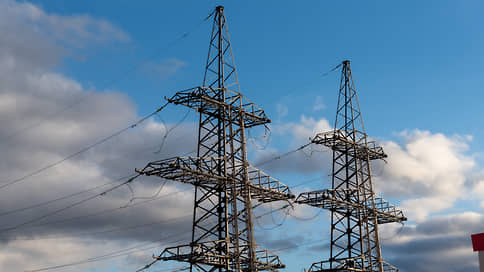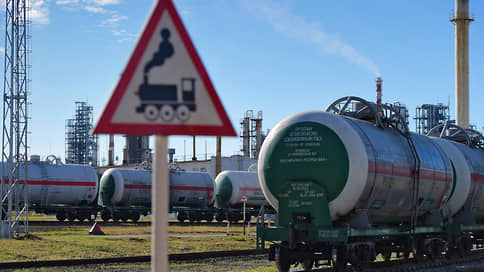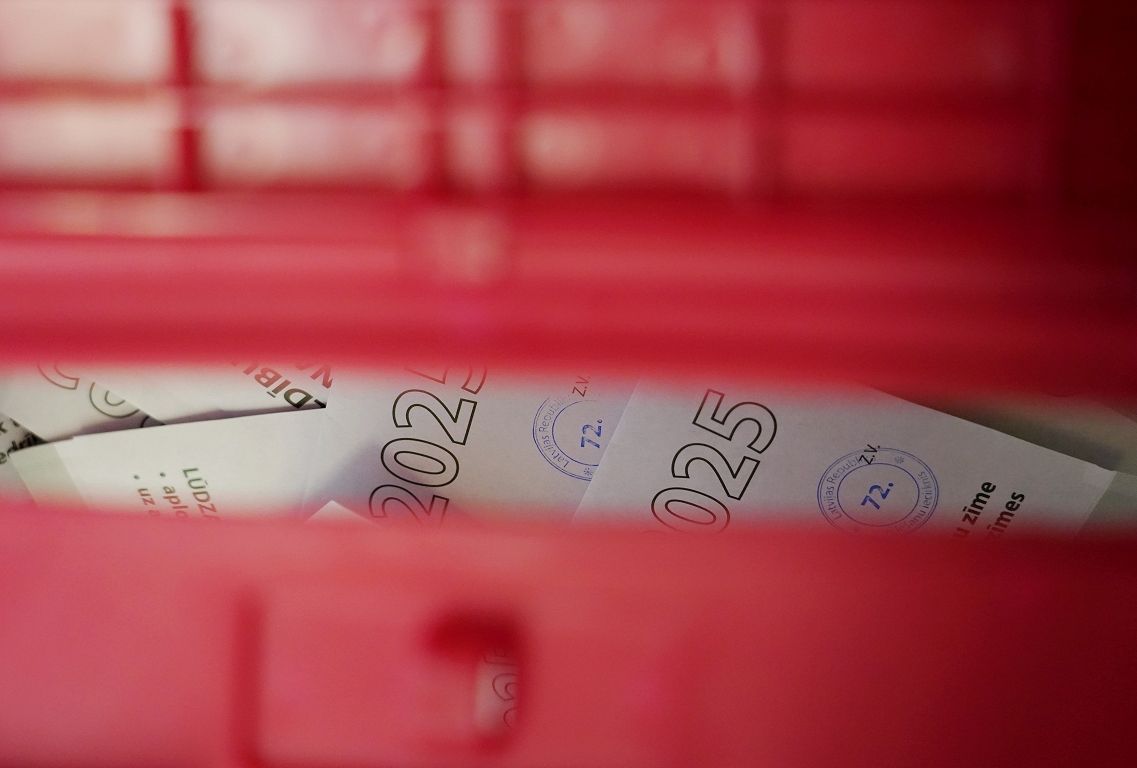Wholesale prices for electricity have reached a peak since the beginning of the year

Prices in the wholesale electricity market in the European part of the Russian Federation and in the Urals continue to rise. On March 7, quotes reached the annual maximum – 2.195 thousand rubles. for 1 MW • h. This was influenced by a decrease in production by nuclear power plants and renewables, analysts expect further growth due to indexing gas prices.
Wholesale prices for electricity in the first price zone (European part of the Russian Federation and the Urals) with the supply of March 7 reached the peak since the beginning of this year – 2.195 thousand rubles. for 1 MW • h, follows from the data of the “administrator of the trading system”. We are talking about market prices for a day in advance (RSV)-a stock exchange where large buyers acquire really developed megawatt hours with delivery the next day. Prices with the supply of March 8–9 decreased slightly, since on weekends, as a rule, wholesale customers need less electricity. This applies to prices for commercial consumers, tariffs for the population are regulated by the state.
Wholesale prices for electricity in the first price zone are growing since the beginning of February. According to the “Market Council” (energy market regulator), last month the RSV index was formed at the level of 1.994 thousand rubles. for 1 MW • h, which is 8.2% higher than January. The regulator was informed Kommersant that, compared with January in February of this year, demand, taking into account the pereta from the zone, increased by 3.9 gTht ven. In the structure of the proposal, there was a decrease in the production of renewments by 0.1 GW and nuclear power plants by 1.9 GW • h, but the volumes of production of hydroelectric power stations and TPPs increased. “As a result, the relatively effective proposal has increased to a lesser extent than demand, taking into account the perepocus, the difference was 1.4 GW,” the market council explained.
The price increase, as they say in the regulator, was observed in all regions of the price zone, but was more pronounced in its western part-on average 10.1% higher than in the United Electric System (OEC) of the South, the OES of the Center and the NPP of the NPP, where the equipment of the Leningrad nuclear power plant was brought into repairs. In the western part, the main increase in demand was also observed.
According to the estimates of analysts SKM.P., the RSV index in the European part of Russia and in the Urals in January -February 2025 increased by 15% relative to the previous year, to 1.917 thousand rubles. for 1 MW • h on average. Among the reasons for growth, analysts allocate increase in prices in applications of suppliers by 11% over the winter months after indexing gas prices in July 2024. According to them, the proposal of nuclear power plants, TPP, hydroelectric power station and VIE also decreased and increased by 98% of the outcome to the second price zone (Siberia and the Far East) amid unloading hydroelectric power plants in Siberia. In addition, export to Kazakhstan increased by 102%. The decrease in electricity consumption by 2.3% against the background of a warm winter prevents a more strong increase in prices, it is considered in the SCM. “We do not expect price reduction, from July 1, it is likely to increase gas prices for 21.3%, which will lead to a comparable increase in electricity prices in the first price zone,” analysts say.
The key pricing factor in the first price zone is the cost of gas thermal generation, says Sergey Rozhenko from Kept, explaining that the price of the RSV depends on the cost of fuel and efficiency of stations that are currently included. According to him, against the backdrop of warm weather, earlier than expected, probably the thermal power plants that worked in pricing regime were turned off (when the stations sell a kilowatt hours at any price formed on the market), and the old steam-and-powered blocks with the efficiency of about 35%were simultaneously included.
Due to state regulation of pricing in the second price zone, objective market factors affect the increase in prices in the first price zone, and not only at the expense of the tariff associated with expenses for the alignment system, says Igor Golenky from Uralnergotel. These factors, in his opinion, include the costs of joining and restoring the energy system of the new regions of the Russian Federation, an agreement with Abkhazia on the humanitarian supply of electricity, the inclusion in the first price zone of the Arkhangelsk region and Komi with their difficult geographical features and large distances of power lines. “The trend on the gradual increase in value will continue,” the analyst awaits.






:format(jpeg):fill(f8f8f8,true)/s3/static.nrc.nl/wp-content/uploads/2019/10/youp5bij3.png)
